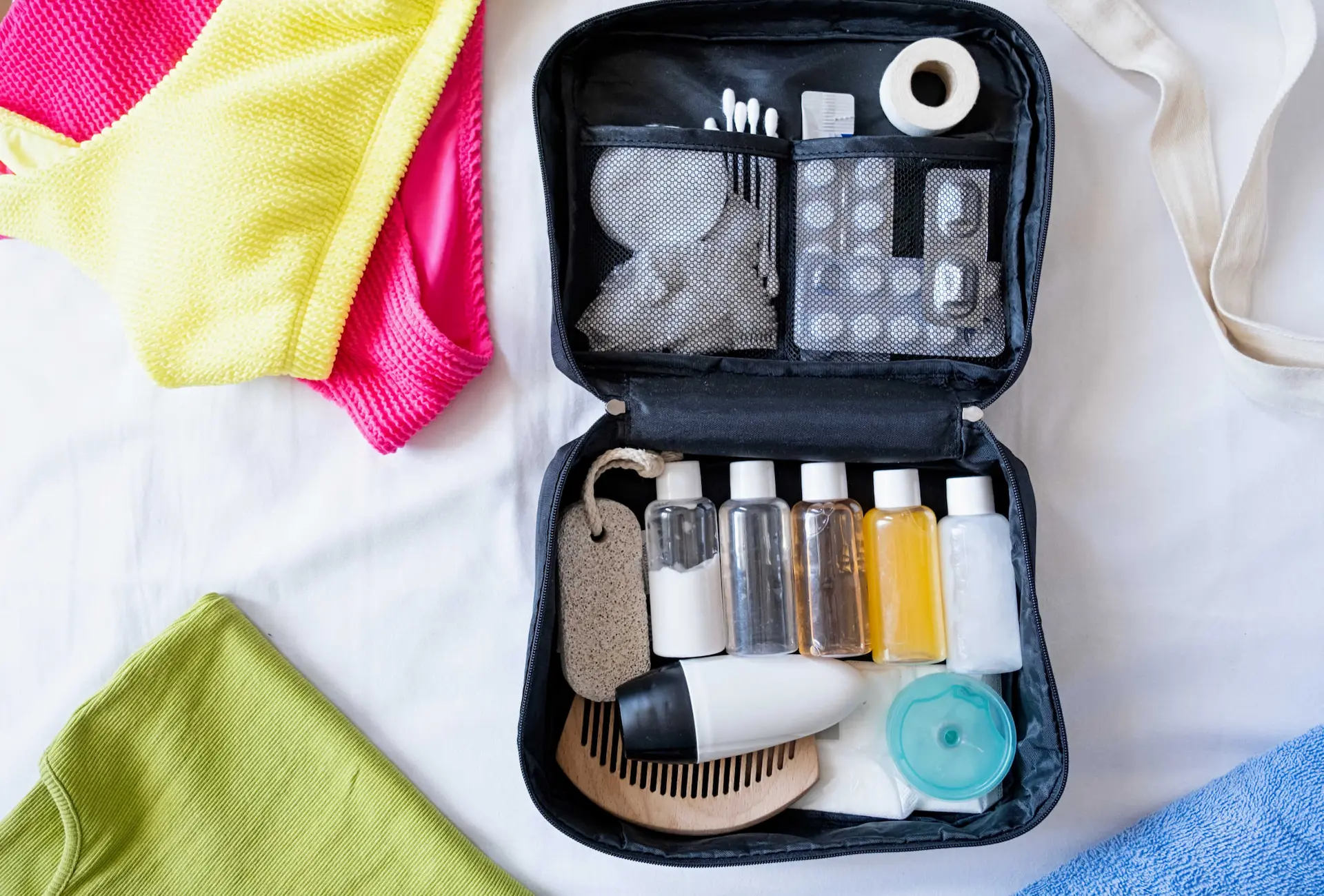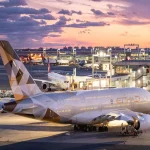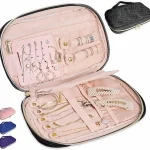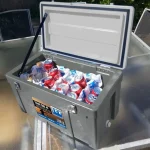Traveling light isn’t just about cutting weight, it’s about packing with intention. If you’ve ever had your favorite lotion tossed at a security checkpoint or arrived at your hotel with shampoo-soaked clothes, you know that toiletries can be tricky business. Packing them correctly can mean the difference between a smooth security check and a frustrating delay.
This guide breaks down everything you need to know about how to pack toiletries for travel, from understanding TSA’s 3-1-1 rule to choosing the smartest containers and bags. Whether you’re a frequent flyer or gearing up for your first trip, this is your go-to handbook.
What Are the TSA Rules for Toiletries?
TSA enforces strict rules when it comes to what liquids and gels you can bring in your carry-on. Their 3-1-1 rule is the standard for all passengers flying from U.S. airports.
The 3-1-1 rule means each liquid must be in a container no larger than 3.4 ounces (or 100 milliliters). All containers must fit into a single quart-sized, transparent, resealable bag. And you’re allowed just one bag per passenger.
This includes common toiletries like shampoo, conditioner, sunscreen, toothpaste, facial moisturizers, and even liquid makeup. Even if a bottle is half full, if the container itself is larger than 3.4 ounces, TSA won’t allow it through security.
There are some exceptions. Medically necessary liquids, including prescription creams, contact lens solutions, and baby formula, are allowed in larger quantities, but must be declared during screening. It’s smart to keep these items separate from your regular toiletry bag and have documentation if needed.
TSA also restricts certain toiletry items outright. Flammable liquids like some nail polish removers, large aerosols, and oversized grooming tools such as scissors longer than 4 inches are either banned or tightly regulated. If you’re unsure, check the TSA’s official list before packing.
Interestingly, solid toiletries are not affected by the liquid rule. Items like bar soap, solid deodorant, toothpaste tablets, shampoo bars, and lotion sticks can be packed freely in your carry-on. Many travelers now use solid versions of their essentials to bypass liquid limits entirely.
How Should You Pack Toiletries for Air Travel?
When you’re flying, where and how you pack toiletries matters. TSA doesn’t endorse any specific brand of toiletry bag, but your liquid items must be stored in a clear, quart-sized zip-top bag for screening.
Reusable toiletry bags made of transparent plastic with secure zippers work well, as long as they meet the size requirement. Bags like those from Sea to Summit, BagSmart, and LiquiSnugs are popular among frequent flyers. A simple, heavy-duty Ziploc bag also works and meets all TSA rules.
It’s important to keep your toiletry bag accessible in your carry-on. Security officers will ask you to remove it during screening. Place it near the top of your luggage or in an outer pocket so you’re not digging through clothes at the checkpoint.
If you’re checking your bag, you’re allowed to bring larger liquid containers. But checked bags are more vulnerable to pressure changes and rough handling, which can lead to leaks. Use tape or cling wrap under bottle caps, and store your items upright when possible. Placing liquids in a secondary waterproof pouch inside your luggage adds another layer of protection.
To minimize weight and bulk, travel-size bottles are the way to go. You can either buy pre-filled minis or transfer your regular products into TSA-sized refillable containers. Brands like Humangear GoToob+ and Matador FlatPak make reliable, leak-resistant travel bottles designed for exactly this purpose. Choose wide-mouth bottles to make refilling easier and always label them clearly to avoid confusion at security.
What Are Smart Tips for Packing Toiletries?
Preventing leaks is the number one priority when packing toiletries. Even small spills can ruin clothes or electronics. You can reduce the risk by taping bottle openings, using screw-on lids rather than flip-tops, and packing items upright inside sealed compartments.
One mistake I made early in my travels was assuming that “leak-proof” meant foolproof. After one too many shampoo explosions, I started using double-sealed pouches, and it’s made a huge difference.
When organizing your toiletry kit, group items by category. That not only helps with packing but makes things easier to find when you’re on the move. If you’re staying in hostels or sharing bathrooms, a hanging toiletry bag with compartments gives you quick access without needing counter space.
To reduce the size of your kit, switch to solids wherever possible. A shampoo bar can last longer than a liquid bottle and doesn’t need to go in your TSA bag. Toothpaste tablets, lotion bars, and solid perfumes are other smart swaps.
Multi-purpose products also help cut down on clutter. A moisturizer with SPF or a 2-in-1 shampoo-conditioner takes up less space and simplifies your routine. And if you’re staying in hotels, skip items like body wash or hair dryers, most accommodations provide them.
What Are the Best Toiletry Packing Tools?
Not all travel bottles and organizers are created equal. When choosing containers, look for leak-proof designs with secure lids and flexible material. Bottles with a wide mouth are easier to refill and clean. Silicone bottles like those from Humangear are highly rated for durability and convenience.
For longer trips or checked luggage, rigid plastic containers like Nalgene travel jars protect creams and lotions from getting crushed. If you’re packing ultralight, Matador’s FlatPak series offers collapsible containers that weigh almost nothing.
A hanging toiletry bag can be a game-changer, especially in tight spaces like cruise cabins or dorm-style accommodations. These bags hang from hooks or towel racks and keep everything visible and organized. Look for models with waterproof lining and multiple zippered compartments for separation between wet and dry items.
Some brands also sell TSA-approved toiletry kits with pre-labeled bottles and a compliant clear bag. Sets from Eagle Creek, Muji, and BagSmart are well-reviewed for design and ease of use. If you prefer premium or minimalist gear, Cadence capsules or Aesop kits are stylish, compact options.
How Do TSA Rules Differ for Domestic vs. International Flights?
Most international airports follow similar rules to the TSA when it comes to liquids in carry-ons. The 100 ml (3.4 oz) limit and transparent quart-sized bag requirement are standard across the European Union, the United Kingdom, Canada, and much of Asia.
That said, there are minor variations. Some airports may require that your liquids be placed in a separate tray during screening. Others might inspect toiletries more closely or be stricter about partially full bottles that exceed the labeled limit.
In regions like the Middle East or Southeast Asia, airport screening practices can vary widely. For example, in some airports, duty-free liquids must be placed in tamper-evident security bags with receipts visible, otherwise, they might be confiscated during layovers.
Your airline generally follows the country’s security laws rather than setting its own toiletry rules. However, what they provide onboard can differ. Low-cost carriers like Ryanair and Wizz Air offer no complimentary toiletries, even on long flights. In contrast, international airlines such as Emirates, Qatar Airways, and Singapore Airlines provide full amenity kits even in economy class, reducing the number of personal items you need to bring.
FAQ About Packing Toiletries for Travel
Can you bring deodorant on a plane?
Yes. Solid stick deodorants are unrestricted. Spray and gel types must follow the 3.4 oz liquid rule and fit in your quart-sized bag.
Is bar soap considered a liquid by TSA?
No. Bar soap is a solid and not subject to the liquid restrictions.
Can I bring perfume in my carry-on?
Yes, as long as it’s in a bottle no larger than 3.4 ounces and fits within your single liquids bag.
How many 3.4 oz bottles can I bring on a plane?
It depends on how many fit inside your one-quart bag. Usually, you can fit between five and seven small bottles.
What happens if I exceed the liquid limit at security?
TSA agents will confiscate any items that break the rules. You won’t be allowed to repack or transfer them after screening.





